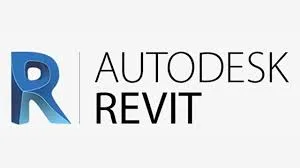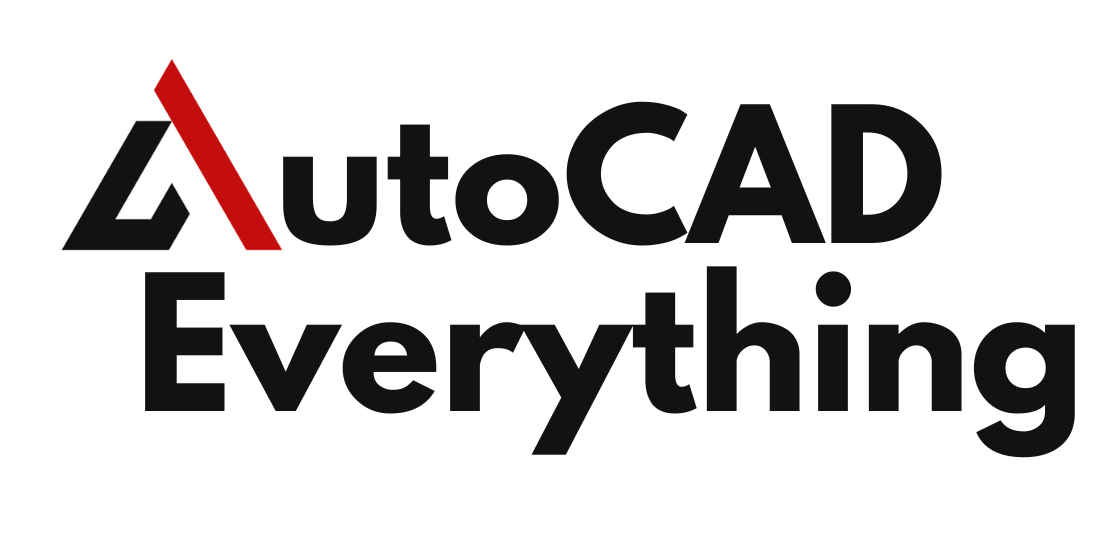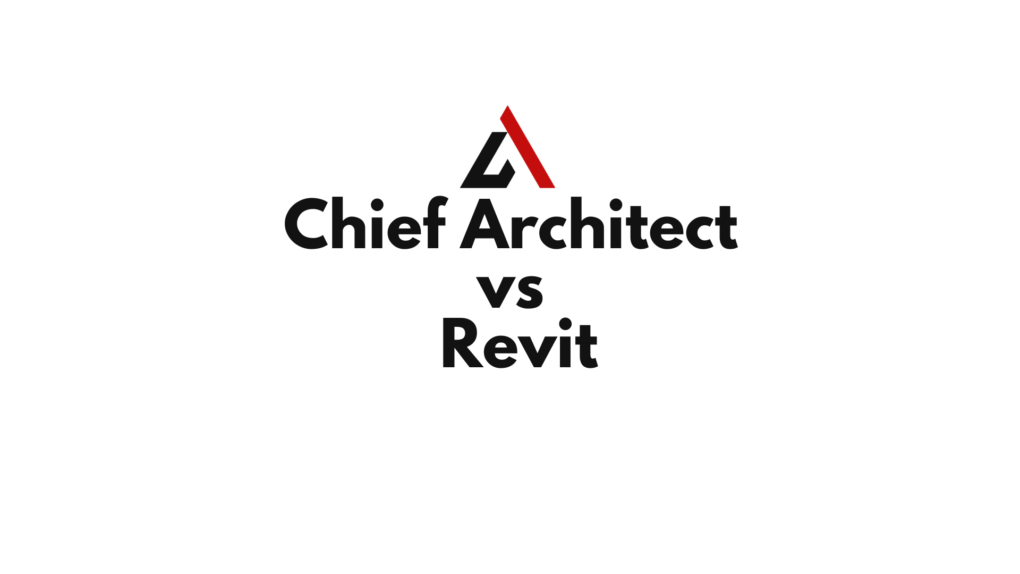Introduction
Choosing the right design software for home and residential projects is crucial for efficiency and accuracy. Revit and Chief Architect are both powerful tools, but they serve different purposes and audiences.
- Revit (by Autodesk) is a BIM (Building Information Modeling) software used by architects, engineers, and builders for large-scale projects, including commercial and residential buildings.
- Chief Architect is a home design software tailored for residential architects, interior designers, and contractors, providing user-friendly tools for floor plans, kitchens, baths, and renovations.
If you’re deciding between Chief Architect vs Revit , this guide will break down their features, differences, and best use cases to help you make the right choice.
Table of Contents
What is Revit?
Revit is a parametric BIM software designed for architecture, structural engineering, and MEP (mechanical, electrical, plumbing) systems. It enables users to create data-driven 3D models, generate construction documents, and collaborate on large projects.

Key Features of Revit:
✅ BIM-Based Parametric Modeling – Creates intelligent 3D models that update dynamically across all views.
✅ Multi-Discipline Integration – Supports architectural, structural, and MEP design within one platform.
✅ Worksharing & Collaboration – Allows multiple users to work on the same model using BIM 360.
✅ Automated Documentation – Generates floor plans, sections, elevations, and schedules from the 3D model.
✅ Advanced Rendering & Visualization – Integrates with Enscape, Twinmotion, V-Ray, and Lumion for realistic presentations.
Who Uses Revit?
✔ Architects – For detailed residential and commercial design.
✔ Structural Engineers – For framing, load calculations, and material analysis.
✔ MEP Engineers – For HVAC, electrical, and plumbing integration.
✔ Construction Professionals – For clash detection and coordination with contractors.
What is Chief Architect?
Chief Architect is a home design and residential drafting software built for architects, interior designers, and contractors working on single-family homes, remodels, and small developments. It is known for its ease of use, intuitive design tools, and pre-built libraries of objects and materials.

Key Features of Chief Architect:
✅ User-Friendly Home Design – Drag-and-drop interface for walls, doors, windows, and furniture.
✅ Pre-Built Architectural Elements – Includes cabinets, countertops, appliances, and roof styles.
✅ Automatic Roof & Framing Tools – Generates roof trusses, framing, and staircases automatically.
✅ Photorealistic Rendering – Built-in rendering engine for high-quality home visualizations.
✅ Remodeling & Interior Design Features – Create as-built plans, kitchen designs, and bathroom layouts.
Who Uses Chief Architect?
✔ Residential Architects – For custom home design and renovation projects.
✔ Interior Designers – For kitchen, bath, and furniture layout planning.
✔ Home Builders & Contractors – For quick floor plan generation and remodeling plans.
✔ DIY Home Designers – For non-professionals planning home improvements.
Revit vs. Chief Architect: Feature-by-Feature Comparison
| Feature | Revit (BIM Software) | Chief Architect (Home Design Software) |
|---|---|---|
| Primary Use | BIM for architectural, structural, and MEP design | Home design, remodeling, and interior planning |
| Industry Focus | Commercial & Residential Architecture, Engineering, Construction | Residential Home Design, Remodeling, Interior Design |
| Modeling Approach | Parametric BIM with data-rich objects | CAD-based with drag-and-drop design |
| Collaboration & Teamwork | Multi-user BIM 360 collaboration | Single-user workflows with local file sharing |
| 2D & 3D Capabilities | Creates detailed 3D models and 2D drawings simultaneously | Focused on floor plans, elevations, and 3D home visualization |
| Structural & MEP Support | Supports steel framing, HVAC, plumbing, electrical systems | Basic structural elements, but no full MEP capabilities |
| Automated Roof & Framing | Requires manual setup and structural modeling | Automatic roof, framing, and stair generation |
| Rendering & Visualization | Advanced rendering via Enscape, Twinmotion, V-Ray | Built-in rendering engine for realistic home visualization |
| File Format Compatibility | RVT, IFC, DWG, DWF, NWC | DWG, DXF, PDF, SketchUp, 3DS |
| Learning Curve | Steep, requires professional training | Beginner-friendly, easy to learn |
| Best For | Large-scale residential and commercial projects | Custom home design, remodeling, and interior planning |
1. Residential Design & BIM Integration
Revit’s Strength in BIM for Residential Design
- Best for multi-family housing, apartments, and large-scale residential projects.
- Supports detailed structural and MEP coordination.
- Requires more setup for custom home features like cabinetry and trim.
Chief Architect’s Strength in Home Design
- Best for single-family homes, remodels, and custom residential designs.
- Built-in libraries for kitchens, baths, and furniture make interior design easier.
- Faster for conceptual floor plans and quick design iterations.
👉 Use Revit if you need a BIM-based workflow for detailed construction documentation.
👉 Use Chief Architect if you focus on home remodeling, interiors, and quick floor plans.
2. Collaboration & File Sharing
Revit Collaboration
✔ Uses BIM 360 for cloud-based multi-user collaboration.
✔ Supports IFC, DWG, and Navisworks (NWC) for cross-platform compatibility.
✔ Best for teams working on large projects across multiple disciplines.
Chief Architect Collaboration
✔ Local file sharing, but no advanced cloud collaboration.
✔ Imports and exports DWG, DXF, and SketchUp files, but limited BIM integration.
✔ Best for small teams and individual designers working on single projects.
👉 Use Revit for professional, multi-user BIM workflows.
👉 Use Chief Architect for small teams or independent home designers.
3. Visualization & Rendering
Revit Rendering
- Supports photorealistic rendering with Enscape, V-Ray, and Twinmotion.
- Allows for real-time walkthroughs with BIM data integration.
Chief Architect Rendering
- Built-in rendering engine designed for home visualization.
- Produces quick, high-quality interior and exterior renders.
👉 Use Revit for advanced architectural visualizations and professional presentations.
👉 Use Chief Architect for quick, client-friendly renderings of home interiors and exteriors.
Which One Should You Choose?
| Choose Revit If… | Choose Chief Architect If… |
|---|---|
| You design multi-family homes, apartments, or commercial buildings | You design single-family homes, remodels, and interiors |
| You need BIM-based modeling with parametric objects | You need quick, easy home design tools |
| You collaborate with architects, engineers, and contractors | You work independently or in a small firm |
| You require detailed MEP and structural coordination | You focus on interior design and visualization |
| You want cloud-based collaboration (BIM 360) | You prefer a simpler, offline workflow |
Conclusion
Revit and Chief Architect serve different roles in residential design. Revit is ideal for large, data-driven BIM projects, while Chief Architect is perfect for quick, intuitive home design. If you’re designing custom homes, interiors, or remodels, Chief Architect is the better choice. If you need BIM workflows, engineering coordination, and large-scale residential design, Revit is the superior option. 🚀

